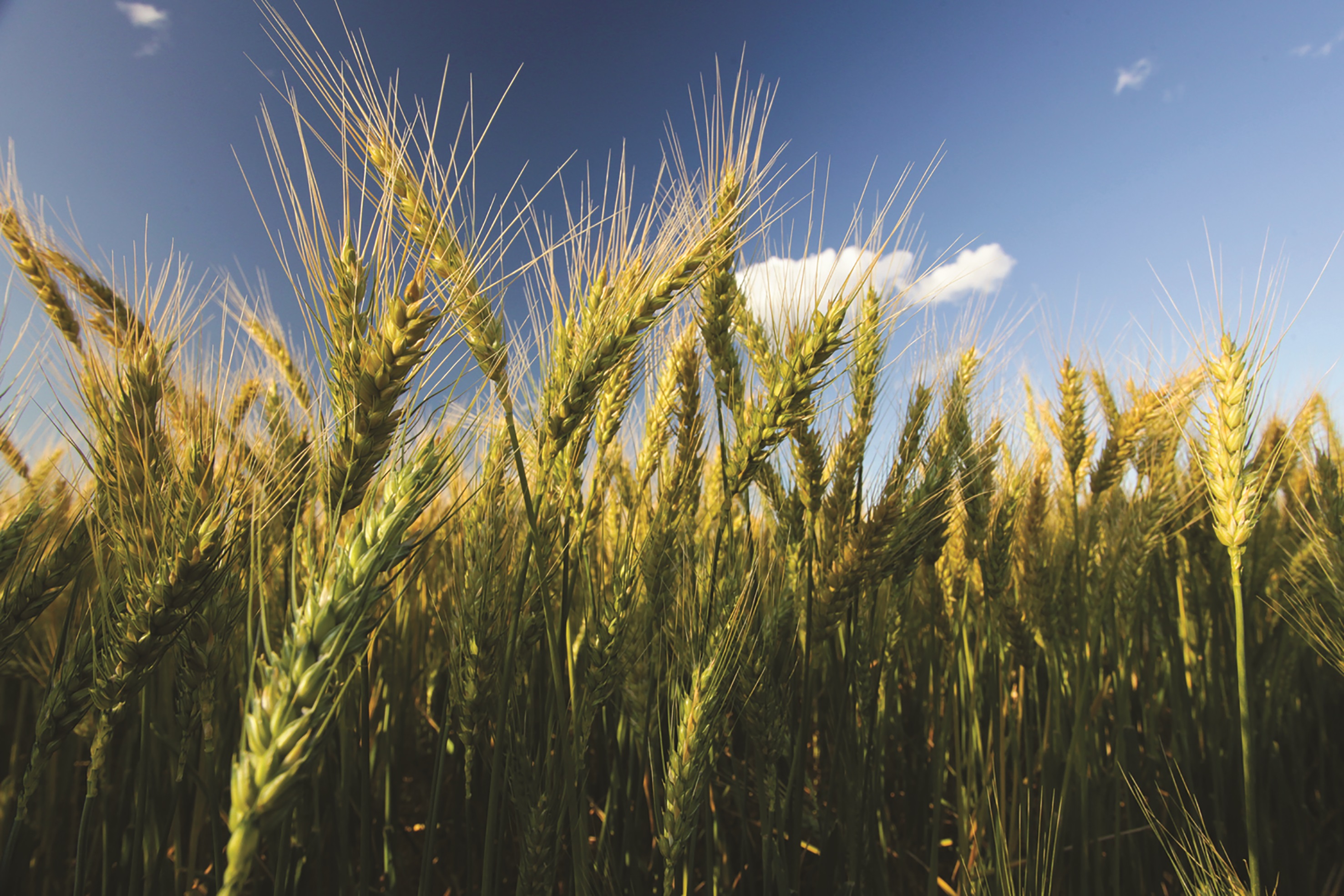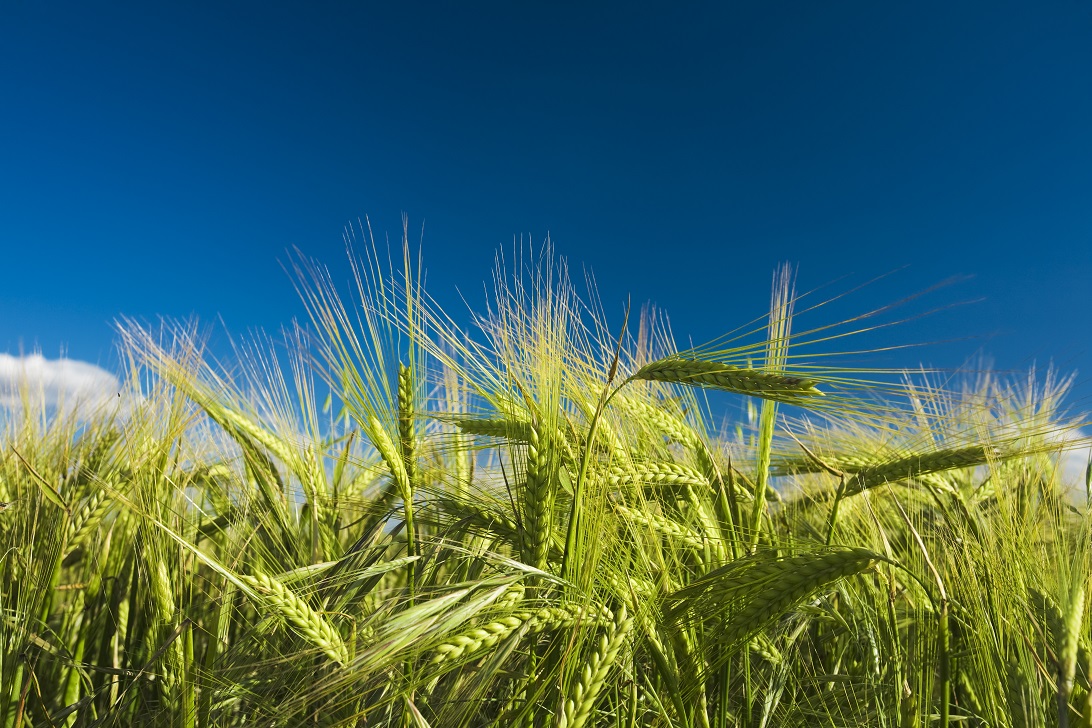Integration of Grains Australia and AEGIC
AEGIC is integrating with Grains Australia to better support Australia’s grains customers and the Australian grains industry.
The AEGIC website will remain accessible in the short term; however, it will not be updated from 1 January 2026. As a result, some information on this site may be out of date.
We’re working towards a single, combined website in the near future.
Learn more






